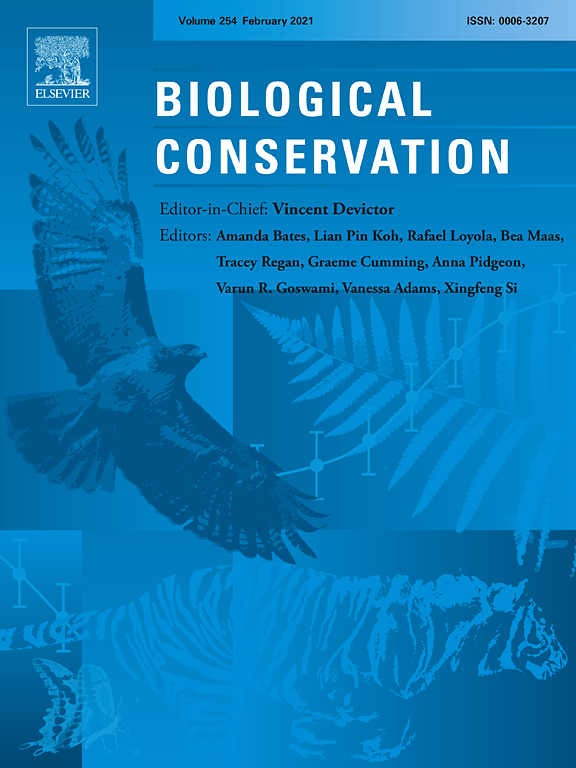The IUCN Red List of Threatened Species underpins much decision-making in conservation and plays a key role in monitoring the status and trends of biodiversity. However, the shortage of funds and assessor capacity slows the uptake of novel data and techniques, hampering its currency, applicability, consistency and long-term viability. To help address this, we developed sRedList, a user-friendly online platform that assists Red List assessors through a step-by-step process to estimate key parameters in a standardised and reproducible fashion. Through the platform, assessors can swiftly generate outputs including species' range maps, lists of countries of occurrence, lower and upper bounds of area of occupancy, habitat preferences, trends in area of habitat, and levels of fragmentation. sRedList is compliant with the IUCN Red List guidelines and outputs are interoperable with the Species Information Service (SIS; the IUCN Red List database) in support of global, regional and national assessments and reassessments. sRedList can also help assessors prioritise species for reassessment. sRedList was released in October 2023, with a complete documentation package (including text documentation, ‘cheatsheets’, and 15 video tutorials), and will soon be highlighted in the official Red List online training course. sRedList will help to bridge the gap between extinction risk research and Red List assessment practice, increase the taxonomic coverage and consistency of assessments, and ensure the IUCN Red List is up-to-date to best support conservation policy and practice across the world.
DOI:
https://doi.org/10.1016/j.biocon.2024.110761
Puntuación Altmetric:
Dimensiones Recuento de citas:


















